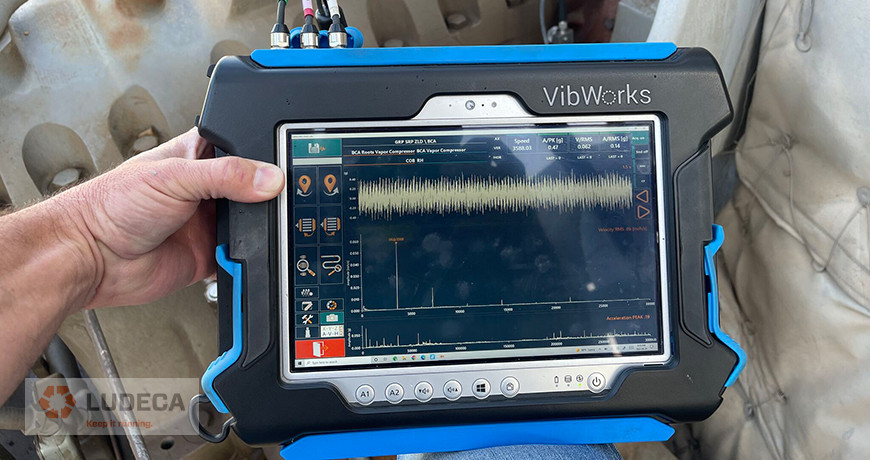
When acquiring new vibration equipment, it is important to delve into the genuine long-term cost of ownership, rather than fixating solely on the initial purchase price. The notion that the cheapest or most expensive option is always the wisest doesn’t hold true in this context.
To make an informed decision, it is imperative to account for expenses related to upgrades, support, calibration and servicing of the vibration analysis equipment. Equally critical is to factor in the cost of adapting or upgrading the equipment to evolving needs over time. Here are key questions to ponder, both for yourself and when engaging with potential equipment vendors:
- Upgradability: Can the equipment be upgraded, or does it necessitate complete replacement? Is on-site upgrading feasible, or does it require vendor intervention? What are the associated costs?
- Scalability: Is it possible to procure the equipment in a scalable manner? Opting for scalable equipment enables cost savings by allowing you to acquire the same device for all employees while customizing the features based on individual user requirements. This adaptability proves financially advantageous in the present and future.
- Alignment with Goals: Does the hardware and software align with your facility and corporate objectives? For instance, can the software generate essential matrix reports for tracking improvements over time? Does it adhere to corporate standards for alarms, measurement criteria, and the like? Can it seamlessly integrate with your CMMS software? Is data import from other technologies supported?
These questions are paramount for the sustained success of your reliability program and will ultimately define the genuine long-term cost of owning the vibration equipment under consideration.
Filed under:
Vibration Analysis by Mario Rostran CRL
